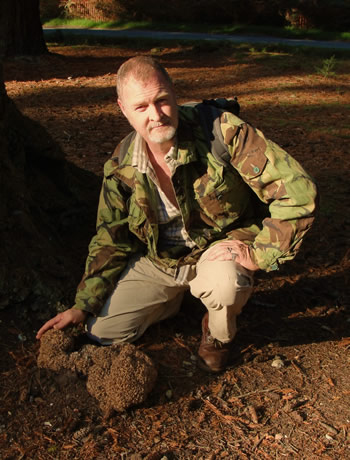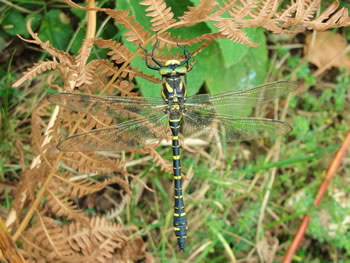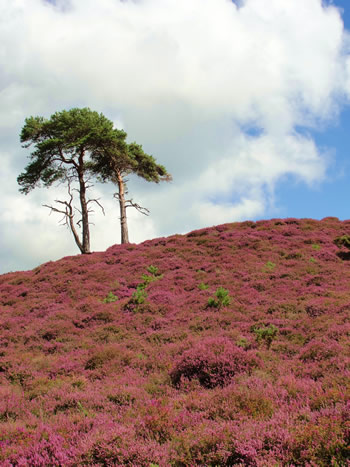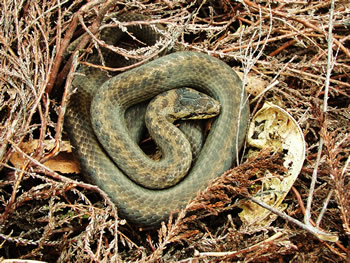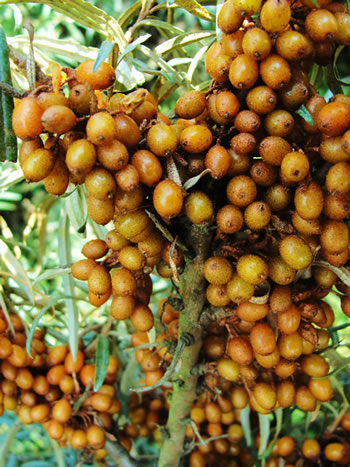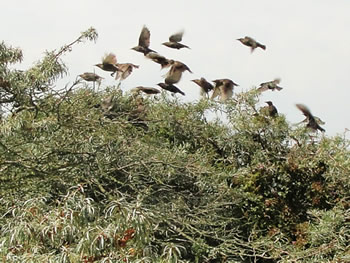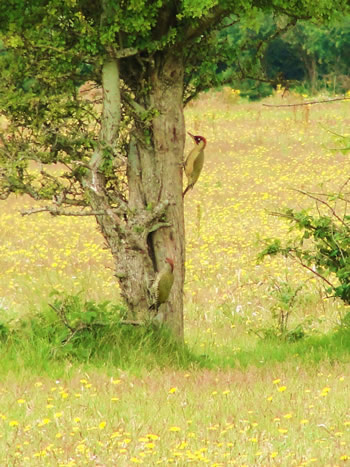The unusual weather patterns of late causes many flowering plants to bloom at odd times. The common Rhododendron (Rhododendron ponticum) is no exception and can often be seen in flower in the autumn. The shrub is so well naturalized now in England that it is impossible to eradicate. The southern heathland is full of it and the poor acid soils and warm heath temperatures are perfect for growth and are similar to its natural Himalayan home. Large areas of heathland have been taken over by the plant but it prefers the shady damp areas that have more often than not been taken over already by pine trees ,and it then becomes an understory to what would be a barren area. The plant has its uses and I would protest greatly if it were to be eradicated from some areas as it does more for nature than people are aware of. The large dense areas of jungle like cover that it produces can be vital cover for deer and large cats as well as small birds, and the summer flowers are vital for bumblebees. The tiny colourful leaf hopper (Graphocephala fennahi) is very abundant on the leaves and flowers of the plant and they in turn are food for small birds such as warblers and tits, and also spiders and wasps.
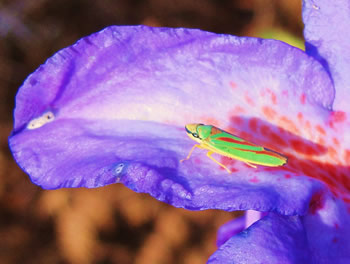 The sika deer (Cervus nipon) are now starting to rut and there is much activity and exitement. The stags regroup from all male or female groups to stags attaining many females for breeding and they guard them from other males.The primordial sounds of the whistling and bleating echos across the heaths and forest , is a must to hear. With much dashing about by stags ,many get hit on the roads and here is a poor three and a half year old stag that had just been hit by a speeding car.It died shortly and it was not wasted, the head skin and antlers I took for taxidermy purposes and the best meat for my freezer.
The sika deer (Cervus nipon) are now starting to rut and there is much activity and exitement. The stags regroup from all male or female groups to stags attaining many females for breeding and they guard them from other males.The primordial sounds of the whistling and bleating echos across the heaths and forest , is a must to hear. With much dashing about by stags ,many get hit on the roads and here is a poor three and a half year old stag that had just been hit by a speeding car.It died shortly and it was not wasted, the head skin and antlers I took for taxidermy purposes and the best meat for my freezer.
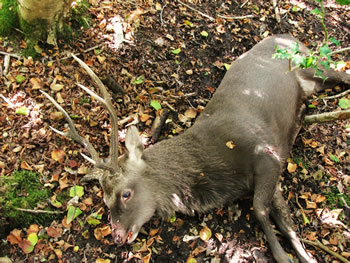 Many fungi are fruiting and this Shaggy ink cap or lawyers wig (coprinus comatus) adorns lawns and natural short turf. It is good to eat when white and firm.
Many fungi are fruiting and this Shaggy ink cap or lawyers wig (coprinus comatus) adorns lawns and natural short turf. It is good to eat when white and firm.
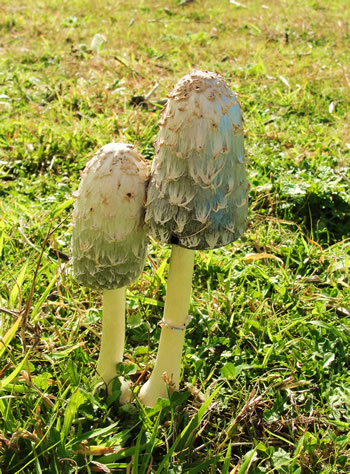
Again another heath fire happened a few days ago. A small area of prime reptile habitat was destroyed by a careless person.
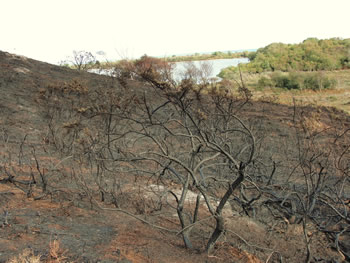
This is an area of Studland heath.The little sea can be seen in the background.
Many heath fires are started deliberately, and others are started by careless morons that drop their cigarette buts. Here we can see such a but that may have started this very fire. The wind had possibly moved the but from its original position by an inch or two.
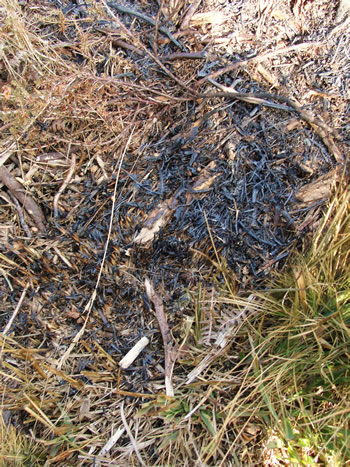 How I wish smoking were made illegal. It causes so much problems from start to Finnish and far beyond. Forests are cleared, burned and sprayed with chemicals, tobacco is farmed sprayed and workers enslaved, thousands of chemicals are added, rivers run toxic, huge industries make billions, governments make billions on tax, millions of people are ill, cancer wrecks havoc, causing catastrophic losses and overcrowding in the NHS hospitals. Billions of these butts are thrown onto the streets to enrich our water supply with poisons and then they are thrown onto sensitive environments to cause more havoc. It does not end and will not end until a proper world government is installed , dedicated to preserving mankind and planet earth.
How I wish smoking were made illegal. It causes so much problems from start to Finnish and far beyond. Forests are cleared, burned and sprayed with chemicals, tobacco is farmed sprayed and workers enslaved, thousands of chemicals are added, rivers run toxic, huge industries make billions, governments make billions on tax, millions of people are ill, cancer wrecks havoc, causing catastrophic losses and overcrowding in the NHS hospitals. Billions of these butts are thrown onto the streets to enrich our water supply with poisons and then they are thrown onto sensitive environments to cause more havoc. It does not end and will not end until a proper world government is installed , dedicated to preserving mankind and planet earth.
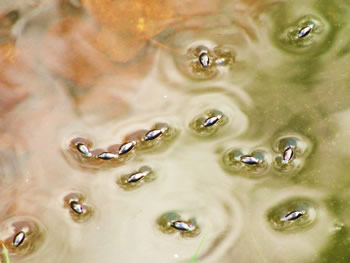 Dragonflies are still active and the Common Darter (Sympetrum striolatum) can be seen in large colonies breeding in the still waters.They can be seen perched almost anywhere.
Dragonflies are still active and the Common Darter (Sympetrum striolatum) can be seen in large colonies breeding in the still waters.They can be seen perched almost anywhere.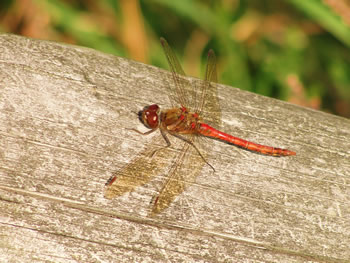 Also This golden ringed dragonfly (Cordulegaster boltonii) was resting nearby.
Also This golden ringed dragonfly (Cordulegaster boltonii) was resting nearby.
